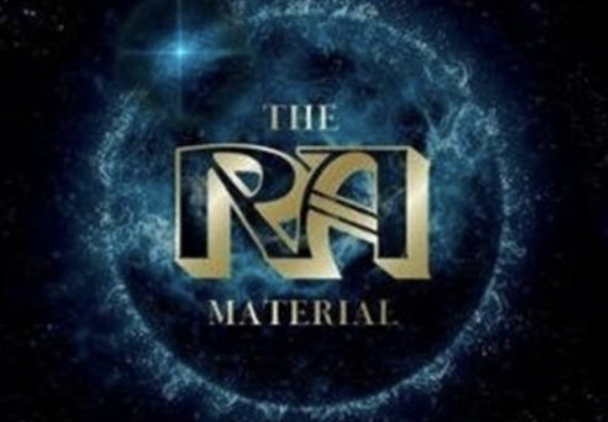New Form of Water, Both Liquid and Solid.
This new form, called superionic water, consists of a rigid lattice of oxygen atoms through which positively charged hydrogen nuclei move. It is not known to exist naturally anywhere on Earth, but it may be bountiful farther out in the solar system, including in the mantles of Uranus and Neptune.
Water is a simple molecule — two hydrogens attached to one oxygen. The three atoms normally form a V-shape. In the usual ice found on Earth, the Vs connect in an airy structure.
(That is why water, unlike most every other substance, expands when it freezes.)
When squeezed, the hydrogens and oxygens shuffle into other crystal structures; scientists now know of more than a dozen different forms of ice.
Theorists first suggested 30 years ago that superionic water might exist under extremely high pressures and hot temperatures. The heat melts the chemical bonds between the hydrogen and oxygen atoms. The high pressure keeps the larger and heavier oxygen atoms stacked in a fixed crystal alignment — a solid — while the hydrogen nuclei, or ions, flow through — a liquid.
That makes it a conductor of electricity like a metal, but the current is carried by positively charged ions instead of negatively charged electrons.
Scientists believe that superionic water might be found in the mantles of Neptune or Uranus, and could explain the lopsided magnetic fields of these planets.
In the new experiment, scientists at Lawrence Livermore first squeezed water between two pieces of diamond with a pressure of 360,000 pounds per square inch. That is about 25,000 times greater than the air pressing against you here on the surface of Earth, and the water is squeezed into a type of ice known as ice VII, which is about 60 percent denser than usual water, and solid at room temperature. Each diamond cell contained about one-seven-millionth of an ounce of water.
The researchers then took the compressed ice, packed in carry-on luggage, to the University of Rochester where it was blasted by a pulse of laser light. That caused shock waves through the ice that lasted 10 to 20 billionths of a second, heating it to thousands of degrees and exerting a pressure more than a million times that of Earth’s atmosphere. Those conditions exist inside Uranus and Neptune
Earlier experiments by other groups had produced conductive water that could have been superionic, but those scientists could not determine if the current were carried by ions and not electrons. Here, Dr. Millot and his colleagues were able to capture the optical appearance of the ice. If electrons were moving around, it would have been reflective.
(That is why metals are shiny.)
Instead, the sample was opaque. That pointed to the movement of ions instead, indicating a superionic ice.
The superionic ice melted into a liquid at about 8,500 degrees Fahrenheit.
1 LikeRecommend0 recommendationsPublished in Uncategorized





Responses